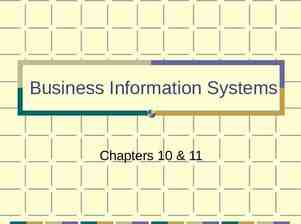Title of Project Student’s name and credentials
15 Slides746.02 KB

Title of Project Student’s name and credentials

Background Include the significance of the problem Describe why practice change is needed Build toward your purpose statement

Purpose Statement The purpose of this project is to implement Purpose statement is the practice change you plan to implement. Do NOT confuse it with your goals or what you hope to achieve.

Short-Term Goals By (month) (day) (year) the (state who, e.g., RNs, physicians) that work in (setting) will change (structures) and/or (processes) in order to improve outcomes.

Literature Review Synthesize findings from multiple studies Organize slide by themes and not individual studies

Theoretical Frameworks (1 slide for practice and one slide for Implementation Science)

Implementation Plan: Project Type, Population & Setting Quality Improvement Project Population Setting

Implementation Plan: Structure & Process Changes Changes in Structures – e.g., knowledge, EHR, physical environment Changes in Processes – e.g., actual staff behaviors that would be change

Implementation Plan: Key Strategies and Tactics Strategies & Tactics Individuals or Groups Affected Educational Strategies Individual Competencies NPs On-line education Staff RNs Data Strategy Audit and Individual Feedback NPs Unit dashboard updates on progress NPs Discourse Strategies One-to-one discussions NPs Reminders Staff RNs

Implementation Plan: Strategies, Tactics, Timeline Baseline Assessment Start Date Baseline Assessment Ends Date Pre-Implementation Implementation Data Collection & Kickoff Date Implementation Tactic Implementation Tactic Date Date Implementation

Data Measurement Plan Examples of Measurement Methods Site IT electronic reports Student conducted chart audits Visual observations Patient/staff Interviews Data Trackin

Data Management Patient Code Risk Assessment Performed Yes 1 No - 2 Risk Score Risk Referral Yes 1 No 2 Code for Admitting RN 001 002 1 18 1 12

Data Analysis Examples: – Analysis of run chart data collected – calculation of trend or no trend changes and comparison to baseline data – Structure measure: percentage of staff who completed competency – Comparison of pre- and post-baseline data with unpaired t-test

Protection of Human Subjects Proposal will be submitted to the UMB Human Research Protection Office (HRPO) for a Non Human Subjects Research determination Proposal will be reviewed by organization’s . . . Examples of strategies to protect human subjects: – – – – Voluntary participation De-identified data collected Anonymous surveys collected in secure box or electronically via SurveyMonkey Electronic data kept on password protected computer or paper surveys/questionnaires stored in locked file cabinet – If PHI collected, patients assigned a pseudo identifier for data collection tools with a separate file linking the pseudo identifier to identifiers.

References






